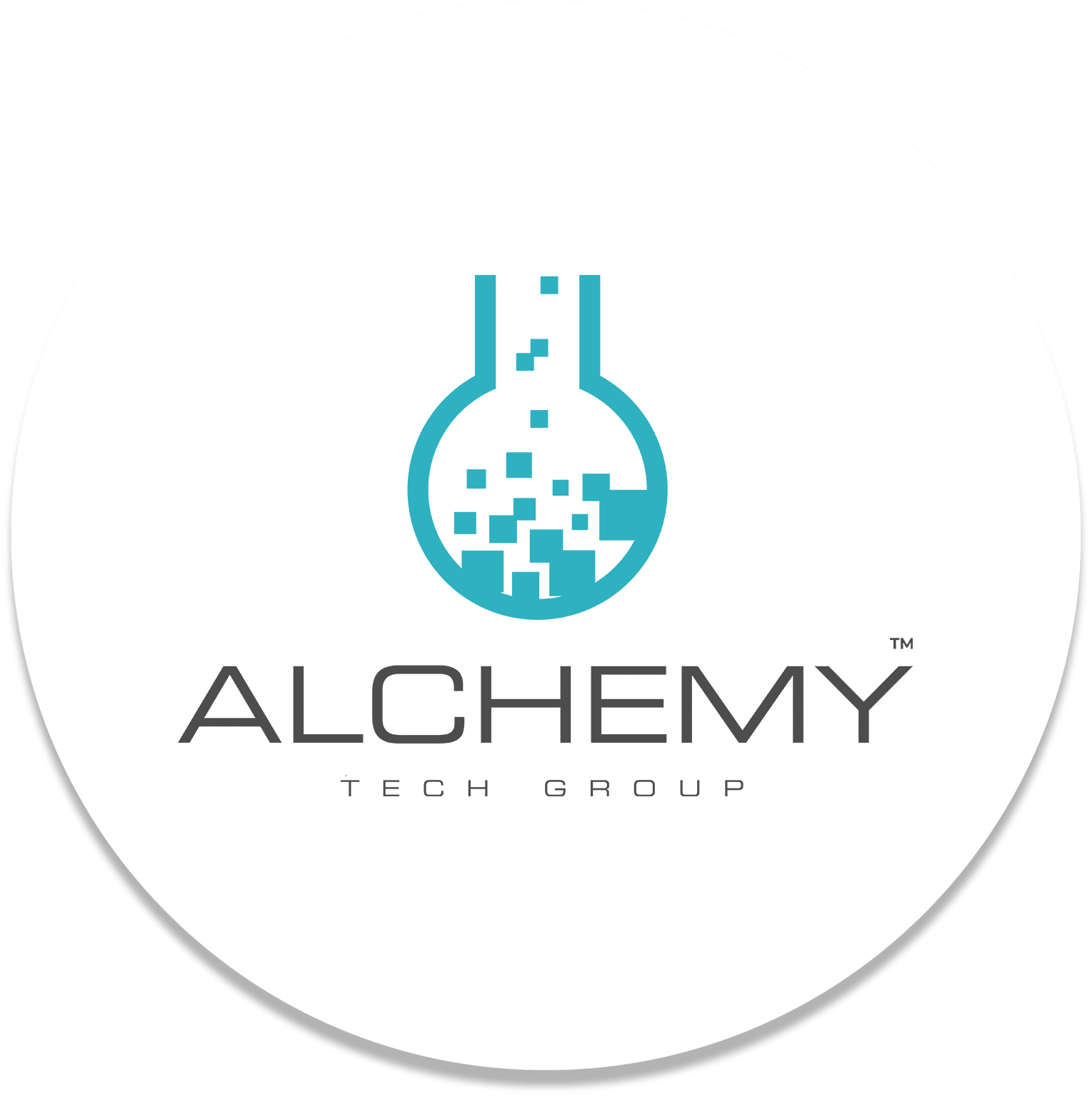Nutanix .Next 2018: Sales Enablement and Technical Advancements
With the first half of conference season coming to a close, I found the Nutanix. NEXT event to be one of the more compelling visits. As more organizations begin adopting a “cloud first” methodology, Nutanix seeks to capitalize on this concept and bridge the gap between private, hybrid, and public clouds. By leveraging a suite of built-in tools, features, and integrations, Nutanix will disrupt a number of IT sectors. Through the first two days of Nutanix .NEXT, there were a number of announcements and key takeaways from both a technical advancement and sales enablement perspective that are worth sharing.
Sales Enablement
One-Click
This is a continued theme from the Nutanix value proposition, but it is evolving to encompass upgrades, deployments, integration, and automation. This one-click concept plays into the advancement of IT operations being streamlined, thus allowing organizations to focus on more strategic projects.
Multi-Cloud
Over the last few years, the concept of public, private, and hybrid clouds has been a mainstay. Nutanix explicitly calls this out in the graphic below and seeks to address this problem by introducing a suite of tool to improve the integration, administration, and governance of all these cloud platforms. While organizations have cloud adoption in niche situations, they likely have no centralized tool set to manage, secure, and control cost.
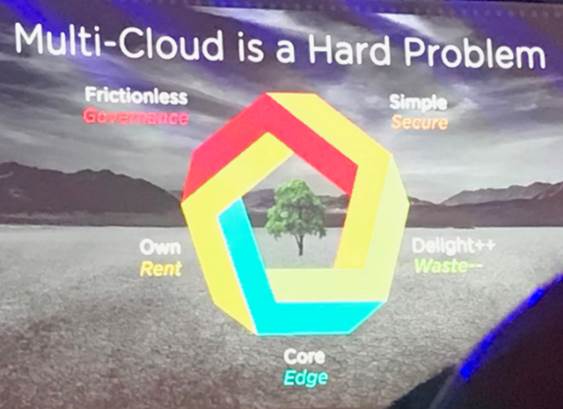
Invisibility
By making machines, infrastructures, and clouds invisible, the resulting effect is that humans become more visible. Think about Hyperconverged; the construct has reduced the silos\complexity that traditionally exist in IT Infrastructures (Storage, Network, and Compute) and now provides a more consolidated platform that just works. As a result of this, more time is spent doing business-centric tasks.
Nutanix is messaging this concept two levels up, with datacenters and clouds. As indicated by the graphics below, the features and functionality are moving toward making each aspect of service delivery invisible. The company is targeting integrations (One-Click) to manage workloads end-to-end so that as changes take place, machines (algorithms and AI) do the heavy lifting, and customers reap the benefits. This would be truly revolutionary, as the current environment is all but invisible. Most of our customers today must intervene to manage cloud or on-premise workloads and these acquisitions\development efforts by Nutanix aim to offload that responsibility. Our customers should begin to understand that machines will outpace humans, so they must embrace/empower this paradigm shift and become more strategic.
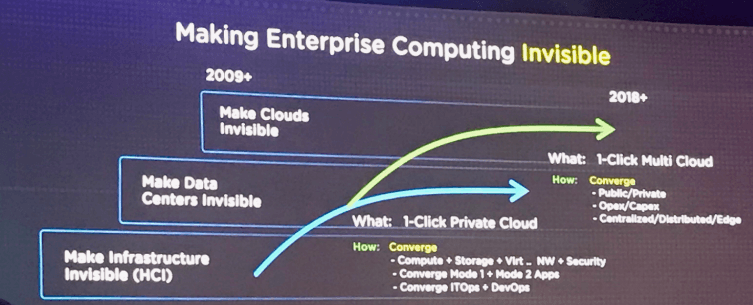
Enterprise Ready
Nutanix is making a hard press to break away from the niche use case (i.e. VDI). They now have quite the portfolio of customers running various workloads that include all IT services. Customers are tapping into the underlying infrastructure to support multiple workloads. This is how Nutanix is improving end to end service delivery. See the graphic below for some of the most recent adoption scenarios for Nutanix HCI.
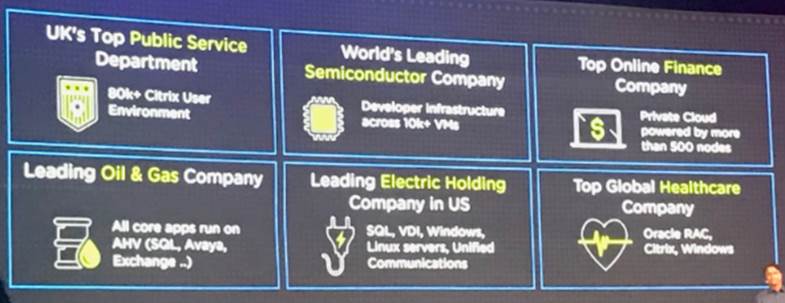
Technical Advancements
Nutanix Vision
The messaging to customers is that Nutanix is looking to provide FREEDOM. This is demonstrated in the customers’ ability to now choose a preferred hypervisor (ESX | Hyper-V | XenServer | AHV), a preferred hardware manufacturer (DellEMC | HPE | Cisco | Lenovo | IBM | Super Micro), and now any cloud provider (AWS | Azure | Google Cloud). As a result it is going to be essential to educate our customers on the trade off and value propositions associated with each potential solution (i.e. features available in AHV but not present in Hyper-V). This FREEDOM also comes with a layer of responsibility from the customer to be a willing participant and focus on business outcomes. As you can gather from the following graphic, the company is positioning Nutanix as a comprehensive Platform as a Service for the enterprise.
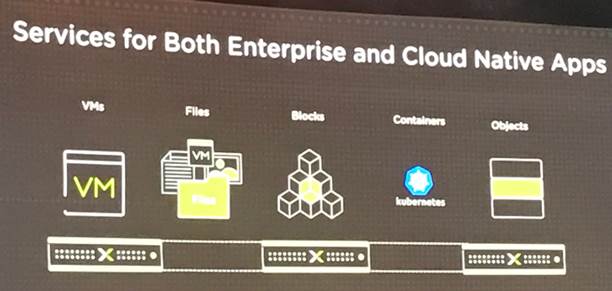
Nutanix Stack
Acropolis
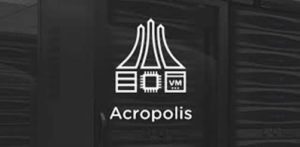
The secret sauce that makes Nutanix what it is today. Acropolis is the framework that combines compute, storage, networking, virtualization, data protection and security capabilities into a hyper converged offering. Since the platform was built from the ground up, the features are more tailored to an HCI ecosystem vs. the manual integration of these components to provide a private cloud environment.
Prism
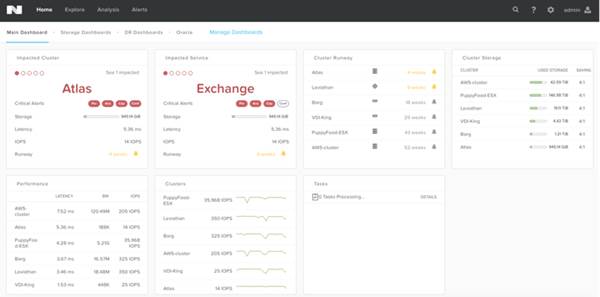
Prism is an end-to-end management solution for virtualized data center environments that streamlines and automates common workflows, eliminating the need for multiple management solutions across data center operations. This remains the compelling value proposition for Nutanix as other traditional solutions require multiple tools and interfaces to manage the complete data center environment.
Flow
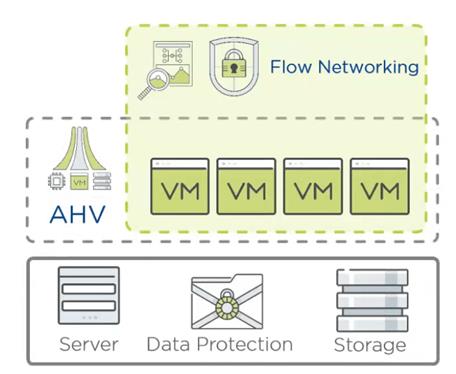
Software defined networking that can be visualized and automated. With Flow, our customers will be able to leverage micro-segmentation (licensed separately per node) to improve their respective security posture and provide quality of service. Imagine engineering a policy that restricts communication to Citrix core components down to the bare essentials (AD, SQL, Clients, etc.) thus ensuring a level of controlled communication, preventing denial of service and other malicious threats (i.e. Malware\Virus). These policies are also portable between environments (sites, clouds, clusters) so you can almost remove the silos and reliance of the Network engineering teams.
Calm
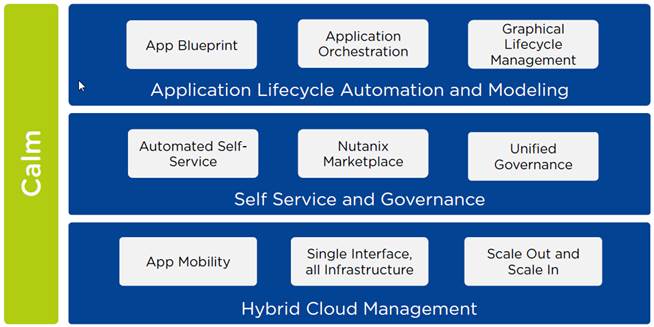
Playing on the FREEDOM mantra, Nutanix is looking to give administrators and decision makers piece of mind when building and scaling to meet business requirements. Enter Calm, which introduces application\platform lifecycle management, environment blueprints, and Nutanix marketplace. The demonstrators illustrated the ability to have Calm discovery and map out the systems that makeup a services (i.e. LOB Application, SharePoint, Citrix, Sap, etc.). Once discovered, the automatic provisioning, scaling, and documenting of the environment is possible. Additionally, the Nutanix market place is being designed very similar to the Azure market place, where customers simply deploy environments based on existing best practices and proven architectures by selecting pre-defined blue prints. While this may seem like a stretch, it will be feasible for distinct workloads that have certified architectures. If this does work as communicated, this would make the time to value incredible for lean IT organizations.
XI Cloud Services
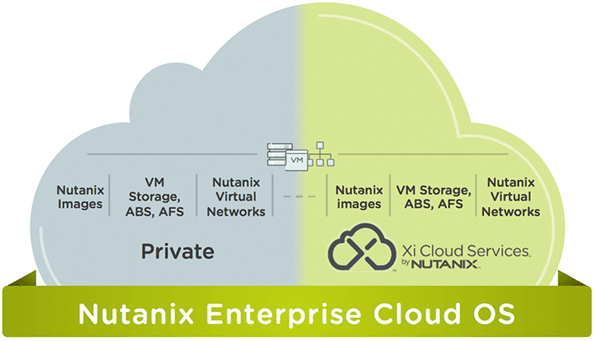
An unnoticed acquisition a few years back, Nutanix owns a Cloud provider (Xi). This integration\expansion will allow customers to move their environments to a cloud provider using all the tools provided within their private cloud environment (aka the Nutanix features). The simplicity demonstrated allows an on-premise cluster to be connected to the cloud within 5 minutes, and leverages software-defined networking (think Flow or VXLAN) to stretch networks between the environments. As a result, you can move workloads between on-premise and Xi seamlessly, as well as between cloud environments. DR as a service is also included under the same one-click construct- indicating that you can replicate and transition your environment to a cloud provider in the event of a disaster, leveraging DRaaS. As customer advocates, this is probably the offering we should evaluate the most, as it has major implications for traditional support teams (network, storage, compute, security).
Nutanix Beam
The first Nutanix SaaS offering aim at cloud governance. The offering will target two major pitfalls of cloud adoption: cost control and compliance.
Cost Control
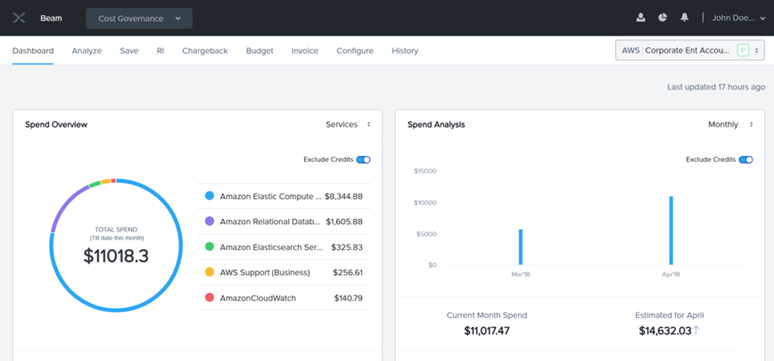
Reducing waste in cloud environments is set to be accomplished by analyzing workload patterns and utilization to provide insights into cost savings. If a workload is determined to be a candidate for another cloud or on-premise environment, it will be reported, and with the holistic toolset provided by Nutanix, can ultimately be relocated to the more cost-effective environment.
Compliance
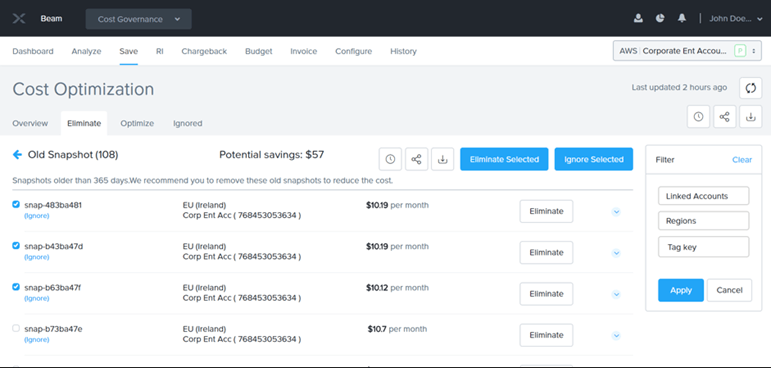
The AI and Machine Learning aspects of the platform will review the customer’s cloud presence and identify compliance and configuration issues (think Data Sovereignty and GDPR). This is huge, because reigning Cloud environments in from shadow IT and/or business immaturity is a conversation within most accounts. Once identified, the customer can report the findings to a compliance depart AND/OR have the product attempt to fix the issue. This is where I fall into the, “I will believe it when I see it” camp, but if they are able to deliver on the promise, we have now accelerated our customer’s Cloud governance objectives.
Nutanix and Citrix Integration
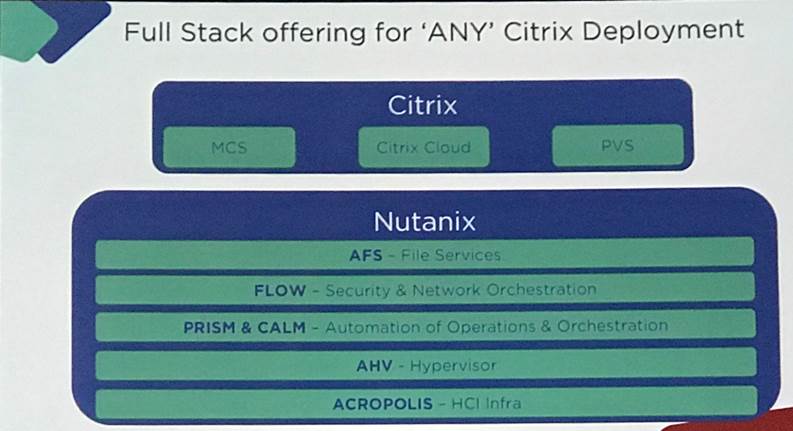
The Nutanix developers have spent quite a bit of time integrating Citrix Services into the Acropolis ecosystem. Deployment of core Citrix services is being targeted for incorporation into the one-Click go-to-market strategy for Nutanix. One-click deployment of the Citrix Cloud components have been introduced. Paired with the remaining Nutanix platform features, the TCO is truly reduced because you collapse the cost associated with deployment, configuration, performance, monitoring, and protection into one solution stack.
Citrix Provisioning Concepts:
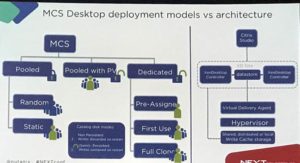
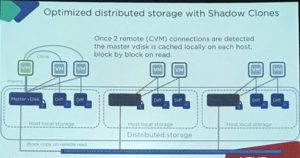
There has been a debate for a year or so now regarding the use of Citrix Provisioning Services vs. Machine Creation Services. Nutanix favored a Machine Creation Services approach due to the read/write patters of the image and published a basic architecture diagram. The use of PVS was also supported with the same basic diagram being published as well as the preferred Write Cache design.
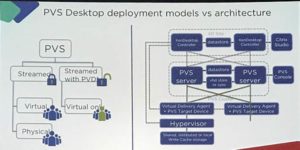
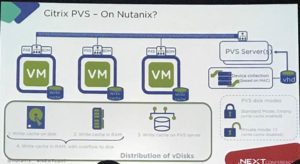
Additional Vendor Integrations
Oddly enough, an immense amount of integrations have occurred with the platinum and gold customers listed on the banner below. The focus of innovation included deployment, protection, and expansion of the Nutanix platform.
- Deployment Hardware vendors like Dell, IBM, Lenovo, and Intel. Cloud vendors like Google and Cyxtera.
- Protection using backup and recovery vendors including Veeam, HYCU, Zerto, CommVault, and Rubrik.
- Expansion by partnering with cloud vendors, services organizations, and distributors.
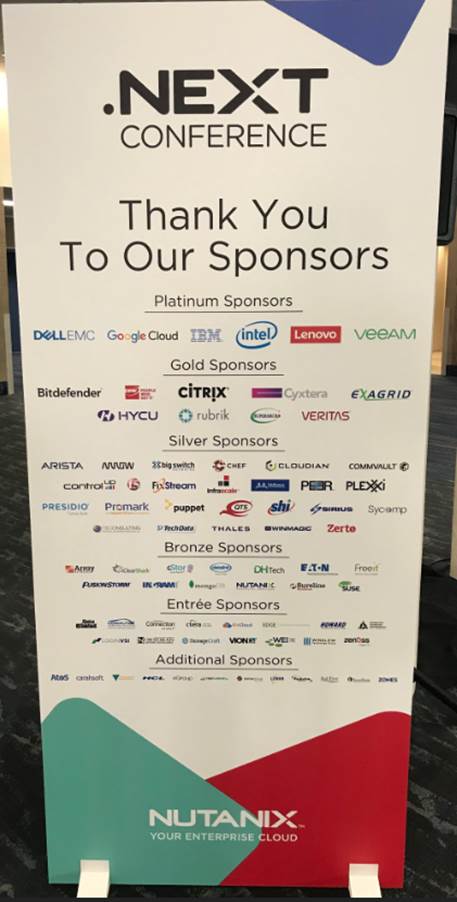
Final Thoughts
Overall, I am elated that Alchemy Technology Group chose Nutanix as a strategic partner for 2018 and beyond. There is a natural pairing of our emerging technology position, and their vision. Helping customers arrive at a decision to embrace Nutanix will stem from our ability to convey the operational, financial, and innovation gains. The machines are coming, and Nutanix is in a great position to be a mainstay as the software that drives automating operational functions end to end with more consistency\efficiency than a human. This FREEDOM will allow IT leaders to partner with their customers to focus on the business vs the utility. Ask, yourself “How many fortune 500 companies worry about the light bill?”
